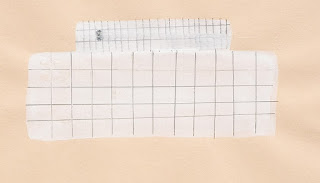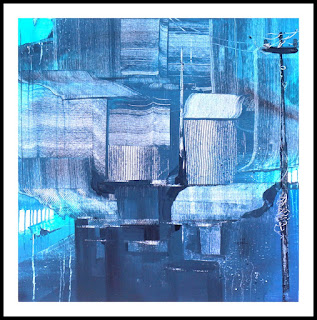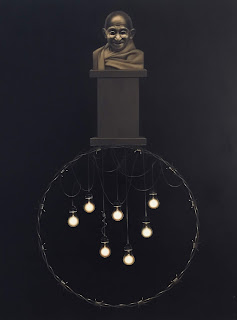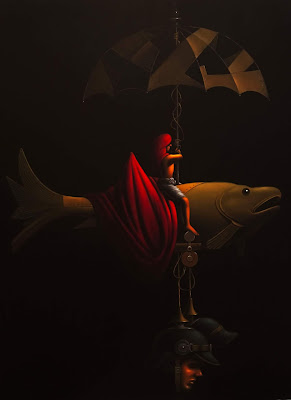An ALL Bangalore Fine Arts Chapter initiative
By Jyoti C Singh Deo
The art scene in a Covid ridden world is bound to be on the back burner, or so it seems, but the art scene in a little pocket of Bangalore has been bubbling with activity. All Ladies League, better known as ALL was founded by Dr Harbeen Arora with the sole aim to connect women from various fields of life and to empower them. The onus lay upon pathfinders like Suchitra Kaul Misra, ALL Karnataka Chairperson and Nalini Malaviya, art consultant, curator and writer, who set up the Bangalore Fine Arts Chapter, three years ago. Nalini, with the support of the members of the group, has been instrumental in implementing several initiatives that connect artists and art connoisseurs. |
| ALL Bangalore Fine Arts Chapter Launch in September, 2018 |
In recent times, artists have been confined to their homes and this has been an ideal time for them to bring alive their canvases. ALL has been a perfect platform to showcase artworks by women artists. The fine arts Bangalore chapter has begun a series of Art Talks called ‘Art Bytes’ that showcases member artists from the city. The series delves into the works of artists and gives the audience an opportunity to interact with them. The series of interaction began with Anjana Chandak, an artist, poet and performer, who is well known for her monologues, especially on Draupadi and Ahalya. Her artworks convey a rich spiritual side of her. Jyoti C Singh Deo, an artist, poet, writer and activist digs into her childhood days spent in the industrial town of Jamshedpur and coalfields of Jharkhand to create beautiful artworks. Her art depicts the apathy meted out to the labourers who work at the coalfields. G S Bhavani, an artist who is passionate about nature spoke about her works related to the conservation of River Cauvery. Her rock installations on the river bed and floral installations in natural environs are testimony of a heart that glows for the green world.
Next in line on Aug 2, are chapter vice-chair, Jyoti Gupta, a multidisciplinary artist working with mediums like acrylic, resin, inks and clay. These contribute to her sublime work with a unique style of art. Her work has been featured in several national and international events. And, Sharmila Aravind, who has actively engaged with art in its myriad forms - visual arts, directing documentaries, writing poetry, children's rhymes and singing. It has been an ongoing journey of self exploration and expression through multiple mediums.
Art Bytes is a journey that would be featuring more artists in the coming months.
Please share this article using the social media widgets at the bottom and do subscribe to receive regular updates from Art Scene India.
To write for us, email artsceneinfo@gmail.com
Also read,






















